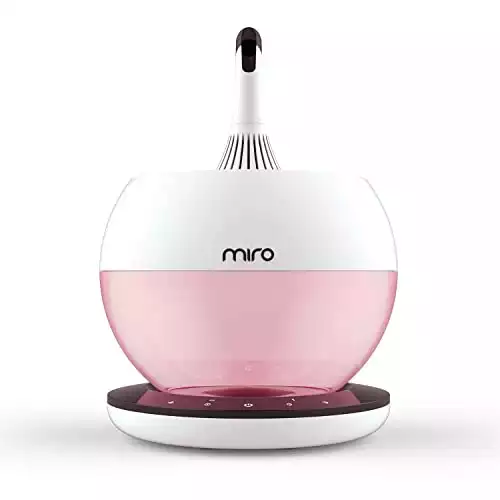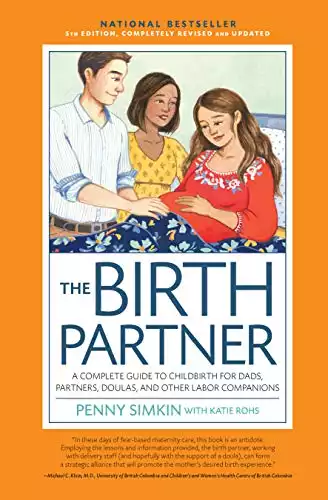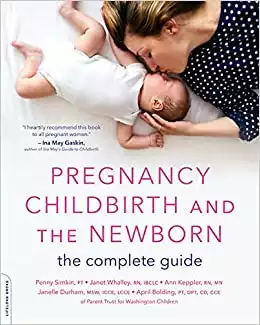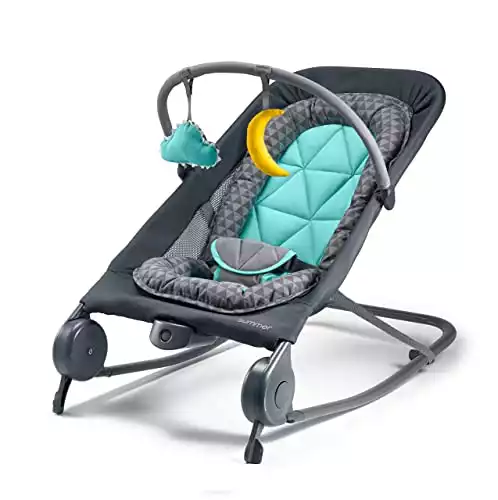The Ultimate Guide of Childbirth & Labor and Delivery
Can I let you in on a little secret? When I got pregnant, I didn’t know much about pregnancy or childbirth. So, I purchased my copy of ‘What to Expect when Expecting’ and thought I was ready for baby!
In reality, I wasn’t ready to make all the decisions that were required of me! And in many situations, I only found out two years later when I was pregnant again, that I could have made DIFFERENT choices but I was unaware of my options! You don’t know what you don’t know, right?
After the birth of my 3rd baby, I became a Birth and Postpartum Doula and it’s become my mission to help eliminate childbirth fear and help families have the most positive childbirth and parenting experiences as possible!
Where do you start? By understanding the childbirth process and knowing you have options!
Congratulations on a positive pregnancy test!
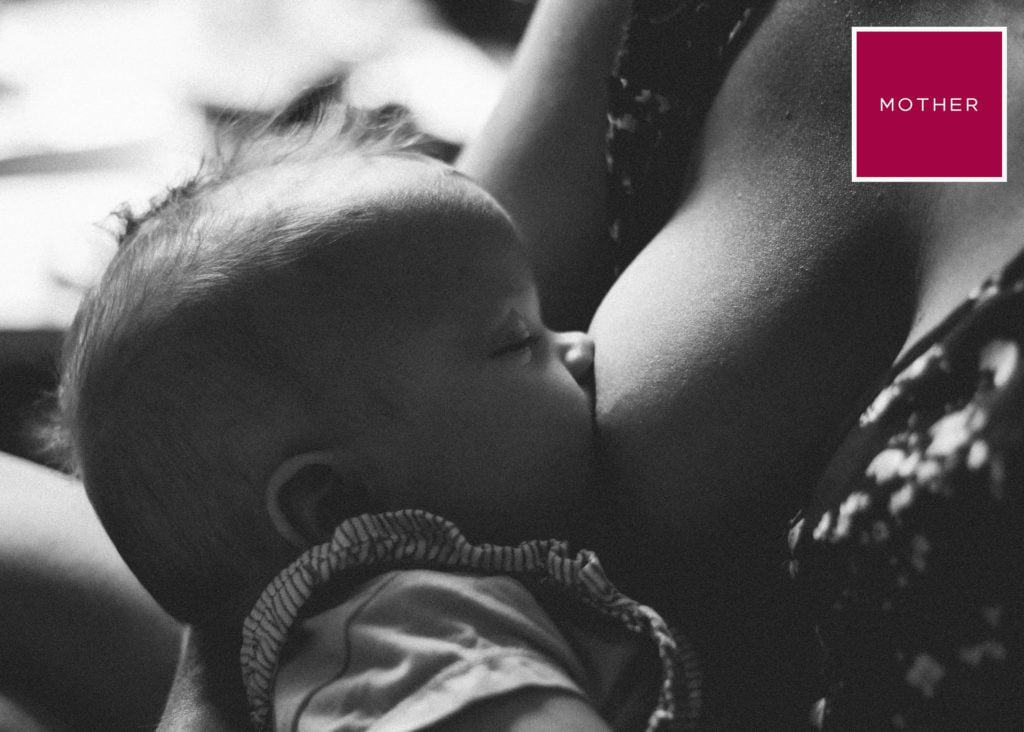
PREPARING FOR CHILDBIRTH – How to prepare for childbirth?
How Can I Find a Great Doctor or Midwife?
One of the first things you do when you find out you’re pregnant is choosing your Doctor or Midwife. How do you choose your childbirth care provider? Well, if you’re like most first-time parents, you find the Obstetrician/Gynecologist (OBGYN) and hospital that are closest to your home!
NO! This is not the best way to go.
First, you want to decide what type of care provider you want. Then look at the different choices of hospitals and birthing centers.
There are three main types of care providers that help you deliver your baby:
Prenatal classes prepare you for a pleasant birth experience.
Midwives
Midwives are trained, childbirth professionals and clinicians. Depending on where you are in the world, some midwives work in hospitals while others work in birthing centers and some only attend homebirths.
Their care is very family-centered, ensuring that the mother and partner have all the information they need during pregnancy and that they fully understand their options when giving birth. Prenatal meetings are not rushed, and they really take the time to answer parents’ questions. When the baby arrives, the midwives ensure that parents have the support they need by providing personalized home visits and can help with feeding and answering questions.
Note: Midwives do not administer anesthesia at the birthing center, so if you think you might want a medicated birth, you may want to choose a Family Doctor or an OBGYN, or a Midwife who works out of a hospital.
Family Doctors
Family Doctors are doctors that practice general medicine and many are also knowledgeable about birth and they deliver babies. Note that not all family doctors do so.
They are often very holistic in their ways of working with families and allow birth to unfold as it will, rather than turn to medicalized interventions, such as the epidural or cesarean birth.
They are not surgeons; therefore, they do not perform cesarean births. If you were under the care of a family doctor and needed a cesarean, your care would be transferred to an OBGYN. And, if you were already in labor, the on-call Obstetrician would be called in to operate.
Obstetricians
Obstetricians are trained Doctors specializing in high-risk pregnancies and deliveries. They are surgeons and perform cesareans.
In certain medical systems, midwives attend low-risk births while obstetricians are called in for higher-risk births. In other systems, all births are attended by OBGYNs.
Where Can I Find a Doctor or a Midwife?
I suggest you ask family members and friends for referrals and do some research online on sites like RateMD.com. You will quickly see in the comments what kind of Dr, Midwife, and person they are.
It’s also important to look at the places they give birth to ensure the culture meets your needs.
How Do I Choose Where to Give Birth?
While you’re choosing your caregiver, you can look into choosing your place of birth. Most Drs are affiliated with one hospital. Often, like many of my clients, people choose the hospital closest to home. Why? They are often worried about a lengthy drive when in labor!
This is NOT the best way to choose your place of birth! Why? Because each place has its own culture, and you want to ensure that the culture of your place of birth matches what you are looking for.
Here are some things to research:
- If you’ve chosen your caregiver, where do they work?
- Does the hospital cater to mostly high-risk patients (and may treat you like one, even if you’re not)?
- Do they have the proper birth tools to help you in labor? Some examples are a bathtub, birthing balls to sit on, and laughing gas.
- What is the cesarean rate of this hospital? Some hospitals are well-known for their high rates of cesarean birth which may not align with you if you prefer a vaginal birth.
- Does your hospital have a Baby-Friendly certification and is well equipped to assist with breastfeeding?
- How many people can you have with you in labor? You may want to have your spouse, your mom, a friend and/or your Doula present, so want to make sure beforehand. Grandmothers can get grumpy if they get booted out of the birth room!
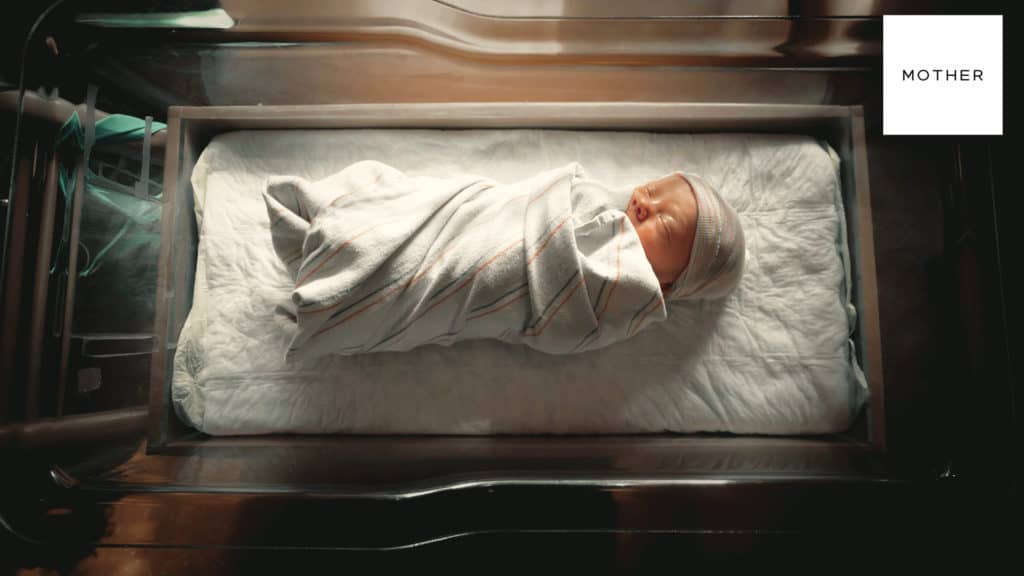
Are Childbirth Classes Really Necessary?
Once you’ve chosen your Doctor or Midwife, you’ll probably start thinking about the birthing process and wonder if childbirth classes are necessary.
Of course, as a childbirth educator, I’m going to answer a big loud YES! But what’s important for you to know is why
It’s very important to understand what’s going on in labor and delivery so that you can make the best decisions for YOUR BODY and YOUR BABY. And how can you if you don’t know your options?
You might think that Doctors, Midwives and Nurses will provide you with this information, but unfortunately, it’s not always the case.
So, take it upon yourself to learn about birth. And the best place to start is with a GREAT childbirth education class.
It's no secret that pregnancy hormones are to blame for many pregnant women's nosebleeds. In order to improve your quality of life, consider using a humidifier.
What Type of Childbirth Class Should I Take?
There are many classes on the market and with a bit of research, you will find one that suits your needs.
Here are some common types of classes:
Hospital-Based Childbirth Classes
These are childbirth classes offered by your hospital or a medical center affiliated with your hospital or birthing center. They are often given by nurses (hospital) or by midwives (birthing centers).
The information provided is geared to the culture at your place of birth, so that’s something to take into consideration.
Questions to ask:
- What information will be covered?
- Are they open to all kinds of births?
- Do they have tools that will help me during labor and delivery?
- Is breastfeeding part of the curriculum?
- Do they touch upon newborn care?
This book is crucial for the spouse who desires to be really helpful in the birthing room.
Private Childbirth Classes
There are many private childbirth classes to choose from. These classes are often given by trained childbirth educators and doulas and they are most often independent of any hospital or birthing center. This can be important as they are providing objective information.
Questions to ask:
- Who is giving the class and what experience do they have? Have they attended births before?
- What’s the focus of this particular prenatal class? There are many different types of classes, from hypnobirthing to prenatal yoga classes to general childbirth education. Depending on the type of birth you would like to have, for example, non-medicated versus medicated, you can search accordingly.
- Do they include information on feeding baby?
- Do they prepare you for the postpartum period?
Online Childbirth Classes
While some people enjoy in-person classes, others prefer to learn at their own pace.
At Mother Courses, we offer our class in person as well as an online version that has 5 modules and 31 lessons given by me!
The benefits of online childbirth education classes are:
- Watch from the comfort of your own home
- Watch on your own time
- Break up the modules so you don’t get information overload
- Rewatch certain modules again after baby is born
You can take a look at our online class here: Mother Courses
What Will I learn in a Childbirth Class?
Childbirth classes are designed to help you understand childbirth! Depending on the focus of the class and the person giving the class, each curriculum is different.
That being said, there are still some common themes that are covered:
- How to prepare for labor and delivery, both physically and mentally
- What’s happening with baby during labor and delivery
- How to cope with the pain of childbirth, including epidurals and other tools
- How to push your baby out
- Childbirth Interventions
- The role of your birth team
- What happens if you tear during birth?
- How to heal physically and emotionally from birth
- How to breastfeed your baby
- How to take care of your baby in the first weeks
Because each class is different, you will want to see what is offered in the various prenatal classes. Sometimes feeding baby and newborn care – and other subjects – are topics that are NOT covered in certain childbirth classes.
Are Childbirth Classes Covered by Insurance?
Depending on certain factors, they might be!! So do check with your insurance company.
When Should I Take a Childbirth Class?
You don’t want to take your childbirth class too early, or you’ll forget everything by the time you give birth! And you don’t want to take your prenatal classes too late as it doesn’t leave you much time to delve deeper into certain aspects that might help you have an easier labor and delivery.
In my experience, taking childbirth classes around the 28 weeks mark is a great time! Not too early, not too late!
That being said, if you’re already 34 weeks and looking for a class, you will still benefit immensely! It’s never too late to learn about your childbirth options!
But if you just found out you’re pregnant, you can definitely buy some books, do the research and reserve your space in your desired class, but do wait a bit. You’ll see that you probably have lots to do in preparation for baby’s arrival before taking your classes.
Relieve nausea, morning sickness, and stomach discomfort with this supplement. No gluten, wheat, dairy, or soy. Also free of genetically modified organisms.
Over 80% of their employees are women, including the company's founder and CEO.
What Do I Need to Know About Childbirth?
You will quickly learn that there are LOTS of resources when it comes to pregnancy, childbirth, and parenting. So many that it can sometimes be overwhelming.
My suggestion is to choose your resources wisely. One or two great books are much better than spending hours on Internet forums that leave you feeling anxious.
So, while you’re waiting to take your classes, you may want to learn about what’s happening in your body as the baby grows as well as childbirth.

CHILDBIRTH BASICS
Let’s delve into some common terminology when it comes to childbirth.
Cervix
Your cervix is a cylinder-shaped neck of tissue that connects the uterus and the vagina.
I like to refer to it as a baby’s ‘door’ to your vagina. Why? Because during your pregnancy, the door is closed, keeping your baby nestled inside your womb.
When you are in labor, however, the door opens allowing the baby to be born!
Everyone’s cervix opens at various speeds, depending on different factors, such as the strength of your contractions, size of baby, size of baby’s head, whether it’s your first baby or your fourth, etc.
Contractions
Your uterus, where your baby is living, starts to contract during labor. These contractions start at the top of your belly. Over the course of labor, the strength of the contractions increases, pushing the baby down onto the cervix so that it opens.
Note that without strong contractions, the baby cannot come out. So strong contractions are good contractions!
Dilation
Your cervix must open – dilate – to 10 cm before the baby can be born. Your cervix can start dilating before your labor starts, and this is normal.
Effacement
As your uterus contracts, the baby’s head puts downward pressure onto the cervix, and the cervix starts to thin out – or efface. Once the cervix is fully effaced, it dilates.
Once it is fully effaced and dilated, and your baby is low enough in the birth canal, you will start to push your baby out.
Available in full color for the first time, the up-to-date pregnancy guidebook that has sold more than 1.5 million copies.
How Do I Know I Am In Labor?
If you have to ask the question, you are probably NOT in labor!
That being said, here is the general rule:
You are in labor once you see a progression in your contractions and they continue, getting longer, stronger and more frequent over time.
Since no two people are alike, no two labor patterns are alike! You might have light contractions for an entire day before they start to progress and get more intense. Another person might start their labor and then deliver a few hours later.
What Happens If My Water Breaks?
Have you ever seen birth portrayed on TV or in the movies? It’s always the same pattern. The person’s water breaks in a huge gush, they rush to the hospital and the baby is born soon after.
Well, I hate to break it to you, but it’s most often not the case!
Only about 10% of women’s membranes rupture before contractions start. The other 90% of women’s labor begins with contractions.
If your membranes do break, call your hospital’s maternity ward and they will guide you as to what to do next. In most cases, you’ll go to your hospital to have your baby within the next 24-36 hours.

STAGES OF LABOR
You’re in labor. What does that mean?
You’ll often hear about the stages and phases of labor. What are they?
There are four stages of labor:
1 – Labor
The first stage of labor is between the start of your contractions until it’s time for you to push your baby out. This stage is divided into three phases: early labor, active labor, and transition (see below).
This first stage can last anywhere from one hour to a couple of days, all depending on how your labor is progressing if you were induced if there are any complications, etc. On average, a first-time birth takes about 15-24 hours from the beginning of labor to having the baby in your arms.
2 – Pushing
The second stage of labor is the pushing phase when your cervix is dilated to 10 cm and it’s time to push your baby out into the world. The pushing phase can last anywhere from a couple of pushes to a few hours.
3 – Delivery of the Placenta
The third stage of labor is when the placenta is delivered. This usually happens in the first 5-10 minutes following birth, but it can take longer.
4 – The first 2-3 hours after birth
This is an important time for you and baby as you bond with each other. Breastfeeding is often initiated during this time. It is also the stage when your uterus contracts and reduces in size preventing hemorrhage.
This two-in-one design enables parents to simply choose between bouncing and rocking modes, depending on their baby's preference.
Phases of Labor
As mentioned above, the first stage of labor is divided into three phases:
1 – Early labor
2 – Active labor
3 – Transition
Early Labor
This is generally the longest and most comfortable phase of labor. It’s when your cervix is dilated between 0 and 6 cm. Contractions may be sporadic in the beginning, becoming longer, stronger and more frequent as labor progresses. For example, they may start at 20 seconds, moving to 30 seconds, to 45 seconds, to a minute and beyond.
Often people head to their hospital at the onset of early labor, however, it’s best if you stay home during this phase until contractions are coming regularly and you’re no longer comfortable. Most often, if your cervix is not at least 3 cm dilated, you will be sent home, so it’s better to stay in the comfort of your home as long as possible.
Active Labor
They call it labor for nothing! And it’s in the Active Labor phase that we see why. This phase is when your cervix is between 6-8 cm and your contractions are regular, often coming every few minutes, and are strong. Your contractions are bringing the baby down into the birth canal.
There is a definite distinction between early and active labor. While in early labor, you might still be chatty, smiling, and have energy. In active labor, your body requires more and more of your attention. The sounds you make a change, you are more tired and need rest, you probably will need to manage the sensations you’re feeling, and you enter what we call the ‘birthing bubble’ – a figurative space around you where you are able to rest in between contractions and connect with baby.
Transition
Transition is the final phase of the first stage of labor, and it’s the shortest and most intense. Your cervix at this point is dilated between 8-10 cms. Your baby is very low in the birth canal and you will begin pushing very soon.
The feelings during this stage can be quite intense and this is where you feel you are hitting a wall, that you cannot go on any longer, that you’re exhausted and want it to stop. Know that you will soon see your baby!!

WHAT DOES CHILDBIRTH FEEL LIKE?
Labor
Having given birth three times, you’d think I’d be able to tell you what childbirth feels like. But it’s really hard! Why? Because everyone’s experiences and sensations are different.
That being said, labor often starts with the sensations of cramping – like menstrual cramps – that get more and more intense as birth progresses. The sensations can start within the abdomen and can move into the groin, your thighs, and into your bottom.
Contractions are also like waves. They start small then grow until they hit a peak, and then the contraction starts to taper off until it ends.
Luckily, there are breaks between contractions, so the sensations are not constant, and you have time to catch your breath and even take a 30-second power nap until the next one!
Pushing
Pushing your baby out is a different ball game. By this time, the baby is very low and you may feel the need to push. If you have an epidural, you may feel pressure in your bum rather than the need to push. If so, your caregivers will direct you to push at the peak of your contractions.
The pushing phase is a very active phase and requires you to push the baby out.
You can push in different positions, even with an epidural, including the side-lying position, on your hands and knees, on your knees, in a squat position, or on your back. We use different positions to help the baby rotate.
In many hospitals, Drs prefer you to be on your back the whole time, however, research has shown that this position is not always best. Drs do this so that THEY can see better, but know that you do have other options that might be better for YOU and your BABY. I suggest trying various positions throughout the pushing phase to see what works best for you.
Before the baby arrives, stock up on newborn and size one diapers in the nursery.
Pushing Crowning Childbirth – What To Know About Crowning
The head of your baby will push its way out of your uterus and into the world. Crowning occurs when your baby’s head is seen without sliding back in.
Your baby will stretch the vaginal opening as his or her head crowns, giving you a searing or stinging sensation known as “the ring of fire”. Stop pressing as soon as you notice this feeling. Pushing and bearing down increases the danger of tearing or necessitating an episiotomy, so cease pushing immediately. Your doctor or midwife will remind you if you forget.
How to resist the desire to push:
- Utilize breathing exercises that require you to take deep breaths.
- Focus on relaxing the muscles in your perineum (the layers of muscles and tissue between the vagina and rectum).
- Let your contractions do the heavy lifting.
IS CHILDBIRTH PAINFUL? – How Much Pain is Childbirth In Units?
Let’s face it. Many people do find childbirth painful. Why? Because your body needs to produce very strong contractions to birth to your baby. And most women have never felt such intense sensations prior to giving birth the first time.
And you know what? Some people do NOT experience much pain in childbirth!
Why is this?
People’s perceptions of pain are very different.
Pain in childbirth is very subjective and depends on factors such as your body’s personal tolerance for physical pain, your past experiences and traumas, your history, etc.
HOW CAN I REDUCE PAIN IN CHILDBIRTH?
As a Birth Doula, one of my roles is to help a laboring mother during her labor and delivery and provide her with options when it comes to managing her pain in labor.
Some women want medicated births. Others want non-medicated births.
There is no wrong or right way, and you must decide for yourself.
And sometimes – if not often – you may plan for your birth to go a certain way, and baby and the Universe will decide on a different path! This is why it’s important to be knowledgeable about all the different options available to you.
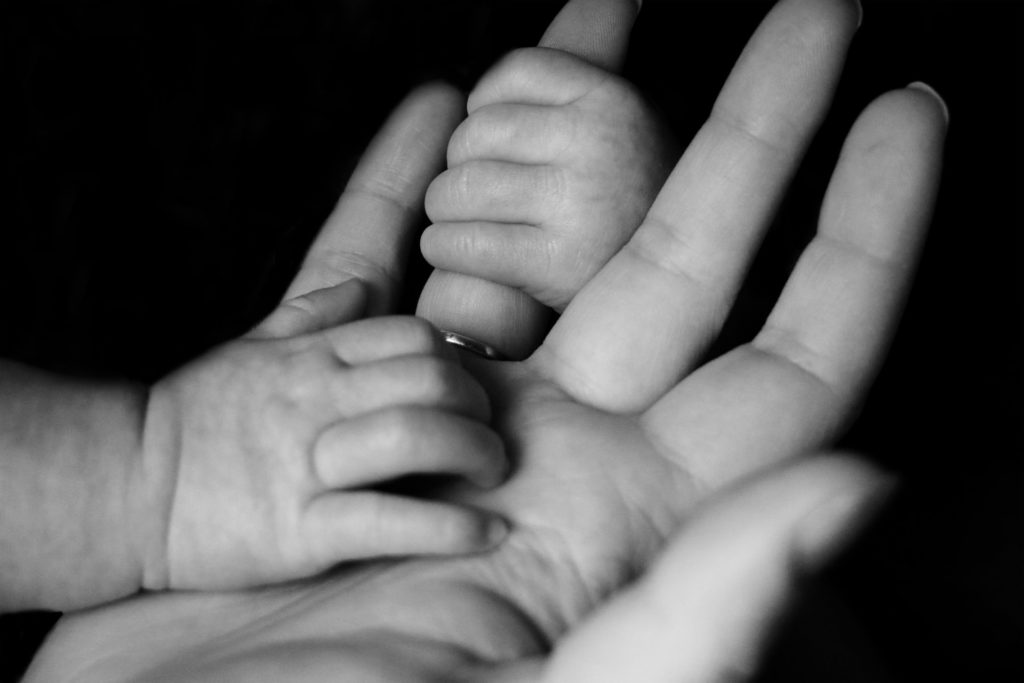
Medicated Birth
If you want to plan for a medicated birth, there are a few options to look into including:
– Nitrous oxide, also known as laughing gas
– Intravenous doses of various short-term medications such as Fentanyl, Marcaine, etc.
– Walking epidural (where it takes about 50% of your pain away and you are mobile)
– Regular epidural (where it takes about 70%-100% of your pain away, and you stay in your bed).
There are side effects to all childbirth pain medications, so you’ll want to understand what these are before taking them.
Also, a good point to know is that medications do not need to be given until you really need them. Some people anticipate the pain and take them too early, which may have repercussions on your labor, making it longer than necessary and increasing your need for additional interventions.
I suggest taking the medication when your contractions are strong and regular, and when other pain-coping tools are no longer working.
Relieve nausea, morning sickness, and stomach discomfort with this supplement. No gluten, wheat, dairy, or soy. Also free of genetically modified organisms.
Over 80% of their employees are women, including the company's founder and CEO.
Non-Medicated Birth
So how do you cope with labor pain when you don’t want medication or haven’t yet asked for your epidural?
There are many different tools you can choose from, including the bath, warm compresses, massage, acupressure points, naturopathy, positions, affirmations, and the birth ball, to name a few.
It’s good to try tools at different times in your labor, as sometimes one tool may not work in early labor but works wonderfully in active labor.
My online childbirth classes have complete lessons on how to cope with labor pain naturally. (Insert link)
Caring and Knowledgeable Birth Support
The support you have when giving birth also plays a big role in your tolerance to pain in childbirth.
If you feel safe, secure, and respected during your birth, your experience may be different than someone’s whose wishes are not being taken into consideration.
As a Birth Doula, I have seen first-hand how having knowledgeable, non-judgemental, and caring support can help women have positive birth experiences. Perhaps not pain-free, but many are able to manage the pain well.
Creating your birth team is an important part of your birth preparation as these people will be your champions throughout your pregnancy and birth. These include your spouse, a parent, a friend or sibling, your Dr or your Midwife, and your Doula.
People need to have the right support, a conducive environment, and the proper birthing tools to have positive birth experiences!
YOUR BIRTH. YOUR BABY.
Birth is a huge industry and many birth workers and families around the world believe that people are losing the right to birth the way they feel is best for them.
It is YOUR RIGHT to be respected and to be informed of all your options.
If you are not satisfied with your care, look elsewhere.
You are important as are your birth wishes.
May you have a beautiful and positive birth!
Best Childbirth Videos
Frequently Asked Questions about Childbirth
How much does childbirth cost?
There is a considerable cost difference between having your baby vaginally or through a C-section. It’s also conditional on where you reside. According to Fair Health’s research, most states’ vaginal birth costs range from $5,000 to $11,000.
C-sections, on the other hand, are more expensive, costing anything from $7,000 to $15,000. Fair Health’s free healthcare expenses calculator may help you estimate what your state’s birthing costs will be, with or without insurance.
How painful is childbirth?
It’s true that labor is painful. However, it’s not insurmountable. It turns out that almost half (46%) of first-time mothers stated the pain they had with their first child was better than they had anticipated, according to the American Society of Anesthesiologists (ASA).
What does childbirth pain feel like?
According to a national study commissioned by the American Society of Anesthesiologists, the most typical description of the degree of pain was severe menstrual cramps (45%), while 16% equated it to sore back pain and 15% said it was like a broken bone.
When to take childbirth classes?
Attending birthing classes too early can cause you to forget everything when the time comes to give birth! You also don’t want to enroll in prenatal courses too late, since this leaves you with little opportunity to dig further into topics that may make your labor and delivery more comfortable.
Birth courses around 28 weeks, according to doula specialist Sylvia Otvos, are ideal!
Why is childbirth so painful?
The baby’s movements and downward pressure on the cervix are aiding in the opening of the cervix.
Your hips are opening up and other areas of your body are rearranging themselves to make room for the growing baby.
Which muscle helps compress the abdominal contents during defecation or childbirth?
The transversus abdominis muscle’s primary purpose is to compress the abdomen viscera.
How much is childbirth without insurance?
You may estimate your state’s birthing costs, with or without insurance, using Fair Health’s free healthcare expense calculator.
How much weight do you lose after childbirth?
7 pounds are lost by the baby alone, plus an additional 2 to 3 pounds for blood, amniotic fluid, or other bodily fluids that are lost shortly after delivery.
You will lose an additional 5 pounds of water weight in the first week. A weekly weight reduction rate of 1-2 pounds is considered ideal.
How long after childbirth do you get your period?
A woman’s first menstruation may begin 5 to 6 weeks after giving birth if she bottle feeds her baby or alternates between bottle feeding and breastfeeding.
It’s possible that your first period after childbirth will be different from your previous periods in some ways.
How common is death during childbirth in the US?
Compared to other high-income nations, the United States had a maternal mortality rate of 17 deaths per 100,000 live births in 2018.
Women are the most likely in the United States to die in the process of pregnancy or delivery problems.
When can you have sex after having a baby? What do doctors recommend?
4 to 6 weeks is a reasonable estimate. Regardless of how you gave birth, many health care professionals suggest waiting four to six weeks after that before you have intercourse again. The first two weeks following birth are the most dangerous for complications.
How to avoid tearing during childbirth?
Deliver in a non-flat, upright posture. A variety of delivery positions may decrease the chance of a vaginal tear during labor.
Which hormone initiates labor during childbirth?
Oxytocin is a key hormone during labor and delivery that aids the uterus in contracting and giving birth to the baby.
Which greek god is the goddess of marriage and childbirth?
Hera was worshipped for two major reasons: first, as Zeus’ spouse and queen of the heavens, and second, as the goddess of marriage and women’s life in general.
As a result of her role in the second sphere, she became known as Eileithyia, the birth goddess, in the Greek cities of Argos and Athens.
When you sleep, watch TV/movies, read, rest, play games, or work from home, your maternity body pillow provides support and comfort.
Medical Disclaimer
The information contained in this post is for general information purposes only.
The Ultimate Guide of Childbirth & Labor and Delivery is not intended to be a substitute for professional medical advice, diagnosis, or treatment. Always seek the advice of your physician or another qualified health provider with any questions you may have regarding a medical condition.




